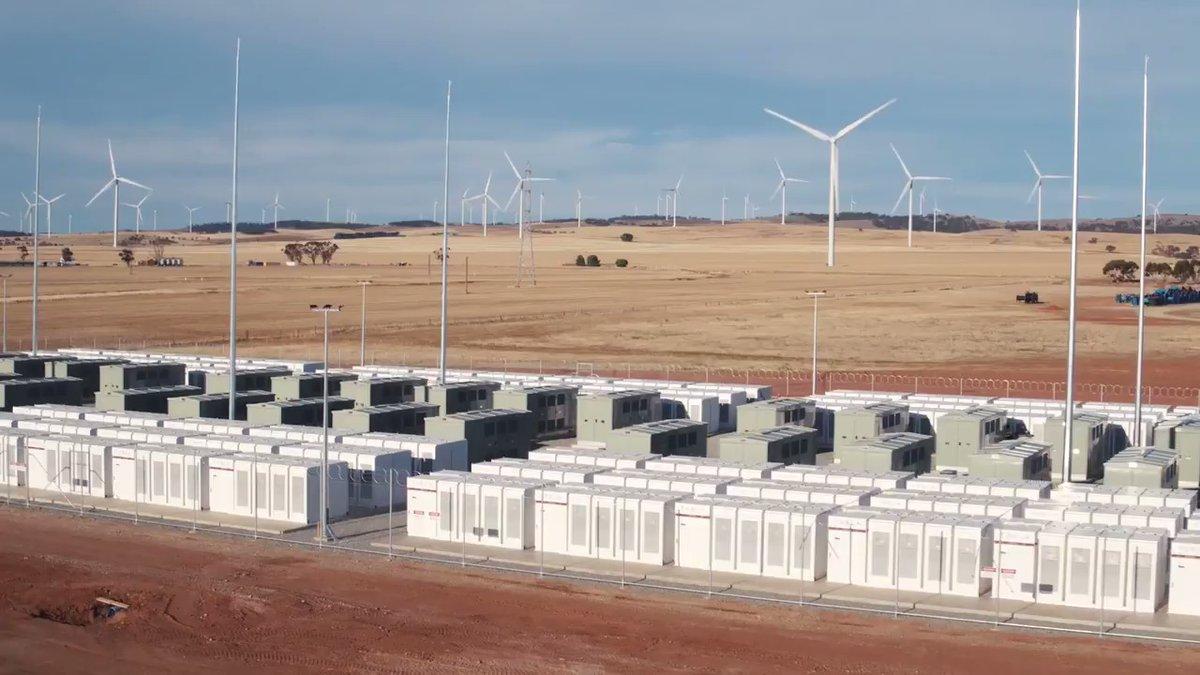The idea of storing surpluses from renewable sources in batteries is a dream that many have dismissed and called impossible. But with the evolution of technology, its increase in energy density, and above all, its reduction in costs, this possibility is not only real but increasingly feasible. As an example, we have the latest initiative from Australia, where they are already preparing a megaproject that will launch the largest backup battery in the world.
This will be installed in the state of New South Wales and will consist of no less than 1,200 MW, while the capacity has not yet been determined. A figure that we can compare with the 50 MW that Tesla’s battery in Hornsdale, South Australia, had at the beginning, which was later expanded to 100 MW and 150 MWh of capacity.
In total, the project will involve mobilizing some 2.4 billion dollars, and it will join a series of initiatives in the region that have three other large battery parks underway. Their promoters hope this will allow them to create a virtual network that reaches a combined capacity of about 2,000 MW.
Battery systems accelerate the cost reduction of renewable energy.
This will also be complimented with the commissioning of a series of photovoltaic installations on roofs of different industries, which will entail the commissioning of 1,500 MW.
Some projects that the government indicates are key to a future without emissions and are also being carried out without the need to launch public aid thanks to investors’ vital interest that allow covering the budget without significant difficulties.
These battery parks will play a vital role in the energy transition, making it possible to cover the gaps in the intermittencies of renewables, and facilitate the ambitious goal of closing the huge Liddell thermal power plant combined electrical capacity of 2,000 MW.
Another consequence of the start-up, or simple announcement, of this type of facility, is the doubts that the oil and gas industry faces regarding its future investments. In this case, the initiative is putting at risk the project to build a large gas plant in the region by the companies AGL Energy and EnergyAustralia. Even those proposing the same to replace Liddell’s thermal production with gas are also beginning to doubt its future viability if inexpensive batteries are expanded.
In addition to the low operating cost of batteries, their rapid construction is also another concern for the fossil fuel industry. According to these new park promoters, construction is expected to begin in early 2022 and start operating in 2023. Just one year to complete the work and put it into operation.
From the Australian government, it has been indicated that the electrical network will need between 6GW and 19GW of new flexible electrical capacity during the next two decades, and thus able to cover the production of the coal plants that are going to be closed and hopefully be replaced by wind, solar, and batteries.

